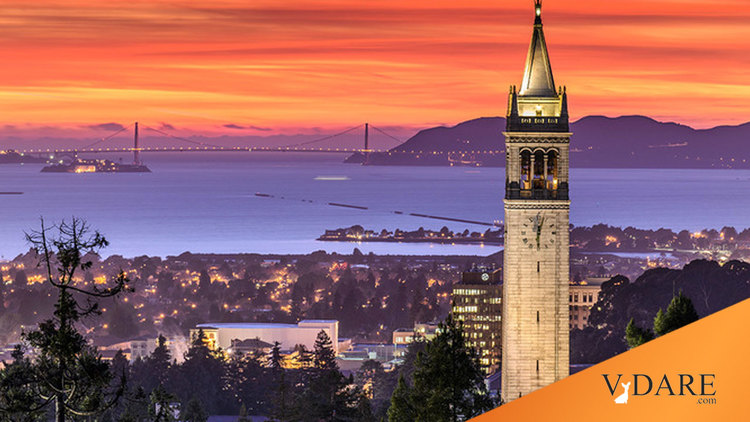
NYT: Nicest Place To Live In The World Is Nice Due To 1930s Redlining
By Steve Sailer
03/13/2022
From The New York Times news section:
How Air Pollution Across America Reflects Racist Policy From the 1930s
A new study shows how redlining, a Depression-era housing policy, contributed to inequalities that persist decades later in U.S. cities.
By Raymond Zhong and Nadja Popovich
March 9, 2022Urban neighborhoods that were redlined by federal officials in the 1930s tended to have higher levels of harmful air pollution eight decades later, a new study has found, adding to a body of evidence that reveals how racist policies in the past have contributed to inequalities across the United States today.
In the wake of the Great Depression, when the federal government graded neighborhoods in hundreds of cities for real estate investment, Black and immigrant areas were typically outlined in red on maps to denote risky places to lend. Racial discrimination in housing was outlawed in 1968. But the redlining maps entrenched discriminatory practices whose effects reverberate nearly a century later.
To this day, historically redlined neighborhoods are more likely to have high populations of Black, Latino and Asian residents than areas that were favorably assessed at the time.
California’s East Bay is a clear example.

The neighborhoods within Berkeley and Oakland that were redlined sit on lower-lying land, closer to industry and bisected by major highways. People in those areas experience levels of nitrogen dioxide that are twice as high as in the areas that federal surveyors in the 1930s designated as “best,” or most favored for investment, according to the new pollution study.
Alternatively, FDR’s henchmen got it right in the 1930s: houses up in the Berkeley Hills were a safe investment, because who wouldn’t pay for a view like this?

But, as Foucault proved, if only FDR’s minions hadn’t decided that living up in the sunny hills above the fog and looking out at the brand-new Golden Gate Bridge was better than living in the old tenements down by the docks in the clammy fog next to the heavy industry, then it would be better to live down by the docks today.
Everything is a social construction. So, in the name of equity, give us your home equity.
